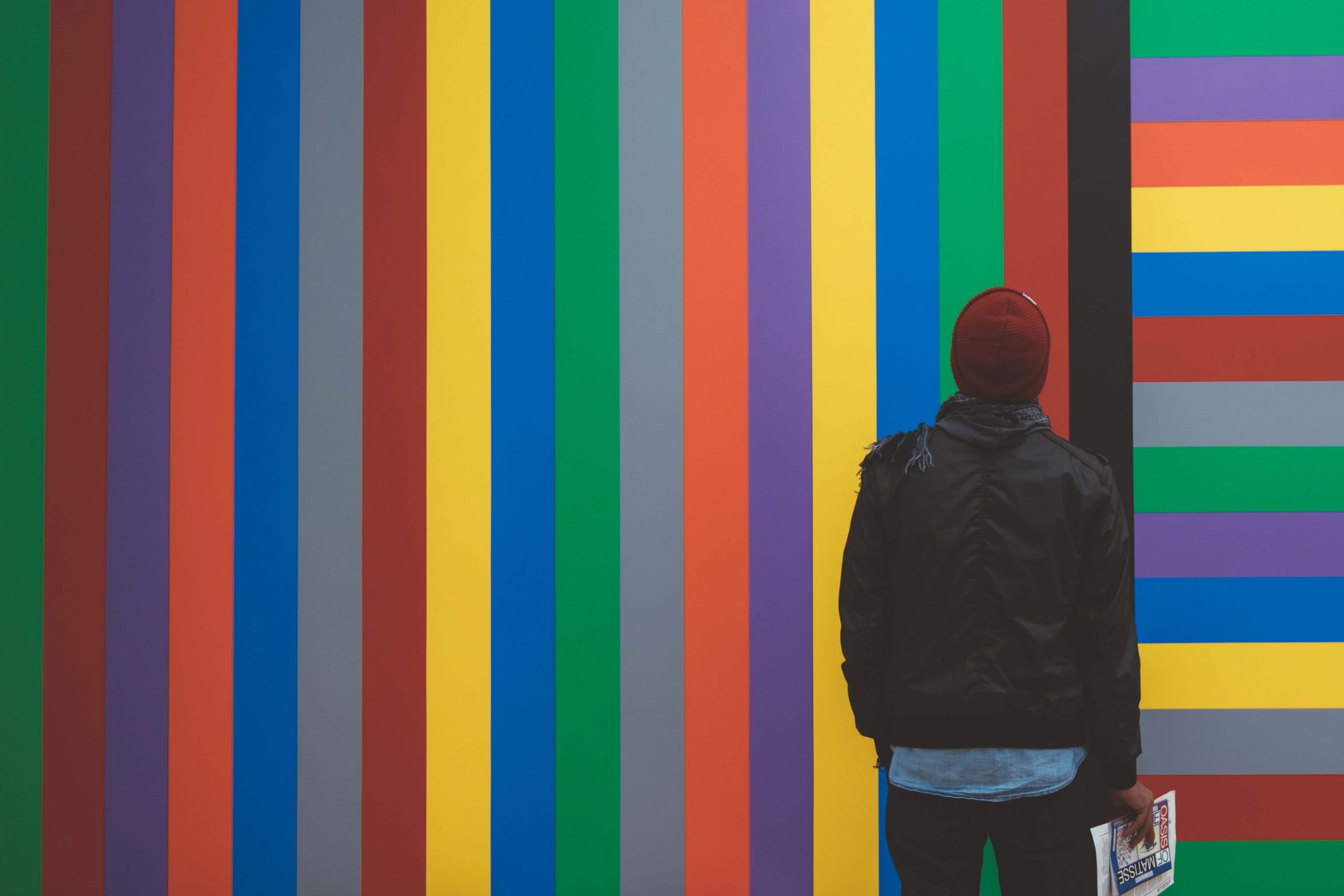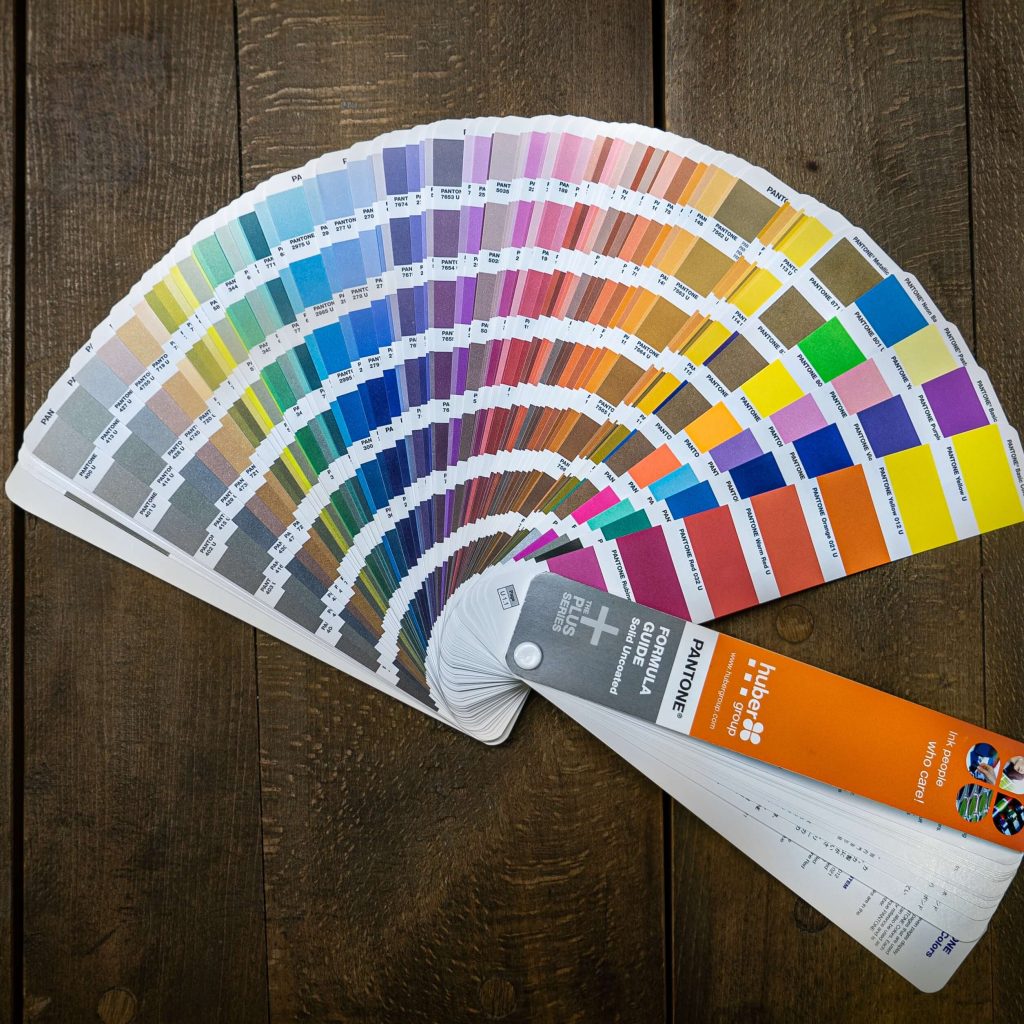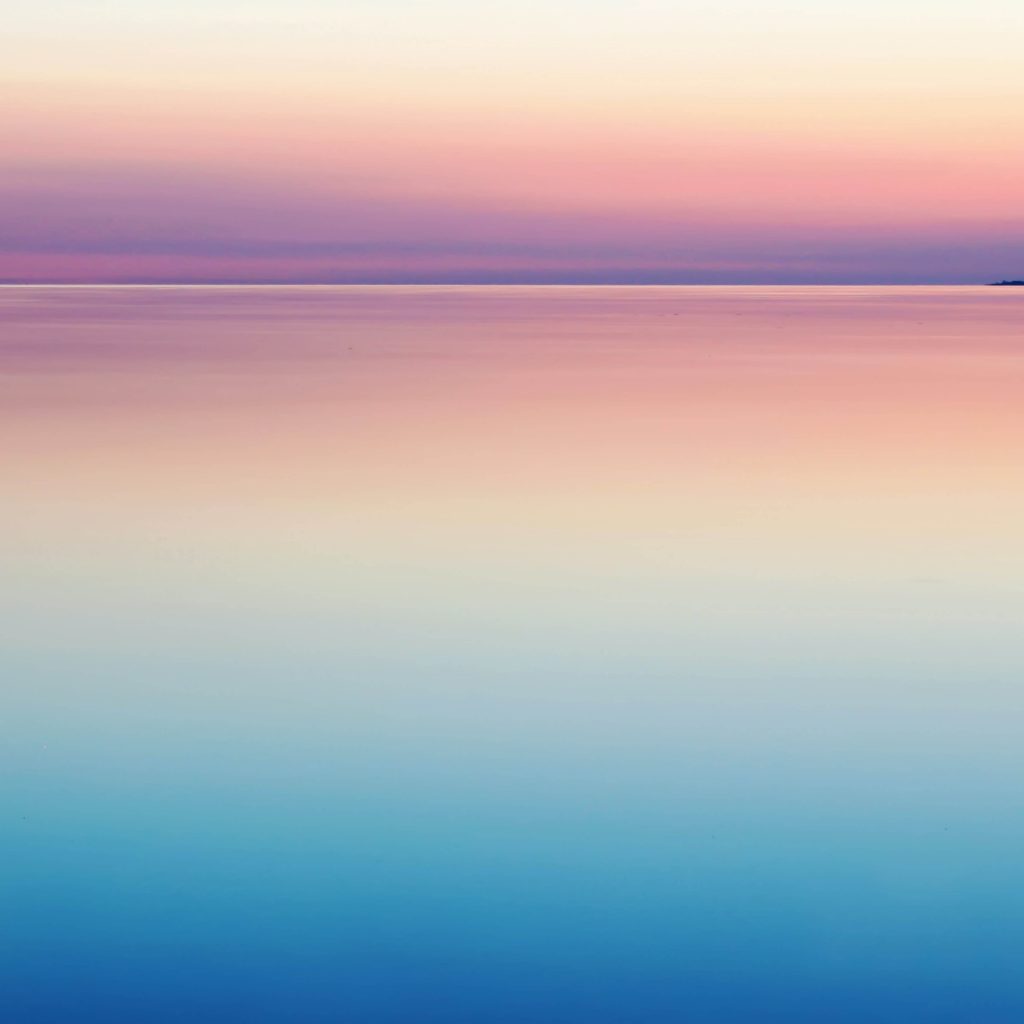
Knowing the basics of color theory will help you create a design that is not only pleasing to the eye, but also helps you achieve a specific goal
Nowadays, graphic designers and designers have a wide color palette to choose from, which includes millions of shades. You can easily drown in this sea of colors and color possibilities. That’s why it’s worth getting acquainted with the basics, which will help us understand how to use colors and how to combine them into effective and harmonious compositions.

The basis of color work should be the commonly known and accessible color wheel. There are two versions: RYB and RGB.
RYB is a model based on three basic colors: red, yellow and blue. Mixing these colors produces all the other colors that exist in the physical world. When all three colors are mixed, black is produced. This is the model that artists use.
RGB is based on the other three primary colors: red, green, and yellow. These are needed to get all the other colors in digital design, meaning on smartphone, computer and TV screens. The result of combining all three colors will be white. In this model, light is mixed, not paint.
In each circle there are colors:
With the help of the wheel, you can choose colors that blend well, choose contrasting colors, and find bold and subtle combinations.
All colors are divided into chromatic and achromatic colors. The former include red, yellow, orange, green, blue, purple and all their combinations. The achromatic ones include black, white, and the entire spectrum of gray in between.

If you want to create the right mood for a design with colors, pay attention to the temperature of the color. Warm colors include red, orange, and yellow. They are associated with fire, autumn leaves, sunshine, and energy. You can use them to create a friendly and positive design atmosphere. On the other hand, cold colors are blue, purple and green. They will make the design calm, more somber, but also refreshing. Cold shades will help create an atmosphere of loneliness and nostalgia.
You can vary the chromatic colors by adding black, white and gray. This is how you create shadows, hues and tones.
Shade. Depending on how much black you add to a pure color, it will become more or less darkened and deep. By adding black to chromatic colors, you can achieve very spectacular and dramatic effects.
Hue. Depends on how much white you add to the base color. The more white, the less intense and contrasting the color will be. This way you can get pastel shades, which will be useful for creating a delicate and ethereal design.
Tone. Adjusts the intensity by adding gray – the more gray, the more subdued the color will be. The tone of colors in nature depends on the weather and lighting – on a rainy day or in the evening when there is less sunlight, colors are more subdued. Therefore, to create a melancholy mood, just add more gray to the main colors.

You can combine colors in virtually any way you like, but there are a few schemes that work best and allow you to find combinations that are striking, pleasing to the eye and visually harmonious.
Monochromatic scheme – a combination of several shades of the same color. For example, blue, blue and light blue. If the colors are arranged sequentially from the darkest to the lightest, they form a gradient.
Harmonious or analogous colors – on the color wheel they are next to each other or in close proximity to each other. For example, red and orange.
Complementary colors – colors that are opposite to each other and contrast each other as much as possible. For example blue and orange. A variant of this combination is the dividing-complement scheme, which uses a primary color and its two complements.
Triad – three equally spaced colors that can be connected on a circle by an equilateral triangle. These are also contrasting combinations, but the difference between the colors is less than with complementary colors.
Tetrad – four colors that can be combined on a circle using a quadrilateral – a rectangle or a square. A tetrad consists of two pairs of complementary colors. A scheme in which one color is dominant will work best. You also need to pay attention to maintaining a balance between cold and warm colors.
It is worth experimenting with color combinations, their shades, hues and tones. Try different effects and find the one that satisfies you the most. But remember about the psychology of colors. If you want your design to evoke certain emotions in the recipient, then the colors you use cannot be random. Don’t be afraid to draw inspiration from nature – after all, it creates the most beautiful and natural color compositions.